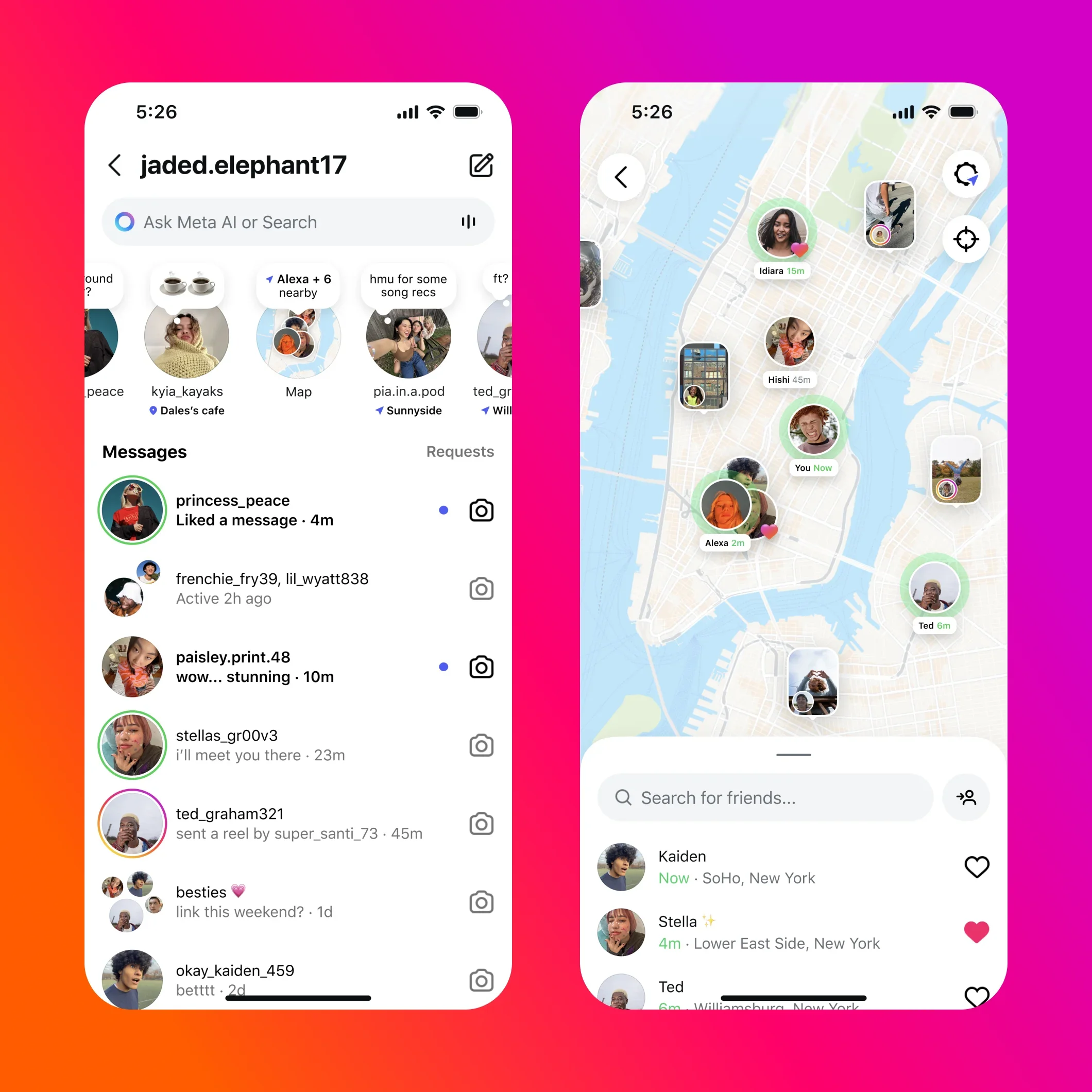Safety, Privacy, and Instagram’s Location Sharing Features
/In August, Meta’s Instagram introduced several new features including Instagram Map. Instagram Map allows users to share their live location with friends and explore posts tagged to nearby places. While the new Map feature may be helpful for some, advocates and survivors of domestic violence, stalking, and other forms of abuse should be aware of the significant safety and privacy concerns this feature raises.
The way Instagram Map works is very similar to location-sharing features available on other social media:
Opt-in location sharing: Instagram’s map feature is off by default, but users may be asked if they want to turn it on. If enabled, the map feature makes your last active location visible to other Instagram users.
Visibility options: Users can choose who sees their location: mutual followers, close friends, or a custom group. Users can also hide their location from specific people or in specific places.
Location updates: The app updates your location when it’s opened or active in the background (if background updates are allowed on the user’s device).
Public content on the map: Even if you don’t share your live location, your posts, Stories, or Reels with tagged locations may still appear on the map for others.
Parental controls for teens: Accounts supervised by parents may generate notifications if location sharing is turned on.
While Instagram emphasizes that the map is optional, advocates and survivors should understand the risks this feature poses—especially for survivors of abuse, stalking, or harassment.
Unintentional Location Exposure: Survivors may not be sharing their live location, but Instagram’s display of tagged content can indicate where the survivor has recently been. Confusing settings and defaults can increase the risk of accidental location exposure.
Stalking and Harassment: Abusers with access to a survivor’s account, or who have mutual followers, could use the map to track a survivor’s movements. This presents obvious dangers if a survivor is trying to maintain privacy or safety from someone pursuing them.
Data Retention and Misuse: Reports suggest that Instagram may retain location data for up to 28 days. While Meta states that location data won’t be used for targeted ads, survivors may have limited control over how long their movements are logged and what other purposes the data might serve.
Advocates can help survivors understand and manage this new feature:
Check location settings together: Help survivors understand what Instagram Maps is and where they can find the settings for it.
Review app permissions: Let survivors know that they can limit Instagram’s location access in their phone’s privacy settings. Options include “Never” or “While Using the App.”
Understand precise location tags: Explain how tagging posts or Stories with a specific location could unintentionally expose them.
Audit followers regularly: Survivors may need help reviewing who has access to their account and removing unsafe or untrusted connections.
Stay alert for prompts: Let survivors know that Instagram may nudge users to enable the Maps feature.
Technology-facilitated abuse is constantly evolving. Features that seem fun or harmless for many users can be exploited by abusers to harm survivors. Instagram’s new map tool highlights the ongoing need for vigilance, education, and survivor-centered advocacy whenever platforms roll out features that share sensitive data like location.


